The Smithsonian’s National Portrait Gallery presents a once-in-a-lifetime assemblage of 50 charcoal drawings by American expatriate artist John Singer Sargent. One of the most celebrated and successful portraitists of his day, Sargent abruptly stopped painting portraits in 1907 and produced them almost exclusively in charcoal from then on. He ultimately created several hundred of these highly admired but rarely exhibited works. “John Singer Sargent: Portraits in Charcoal” is the first major exhibition to focus solely on his portraits in this medium. The exhibition, which is organized by the National Portrait Gallery in Washington, D.C., and the Morgan Library & Museum, New York, is on view at the Portrait Gallery through May 31.
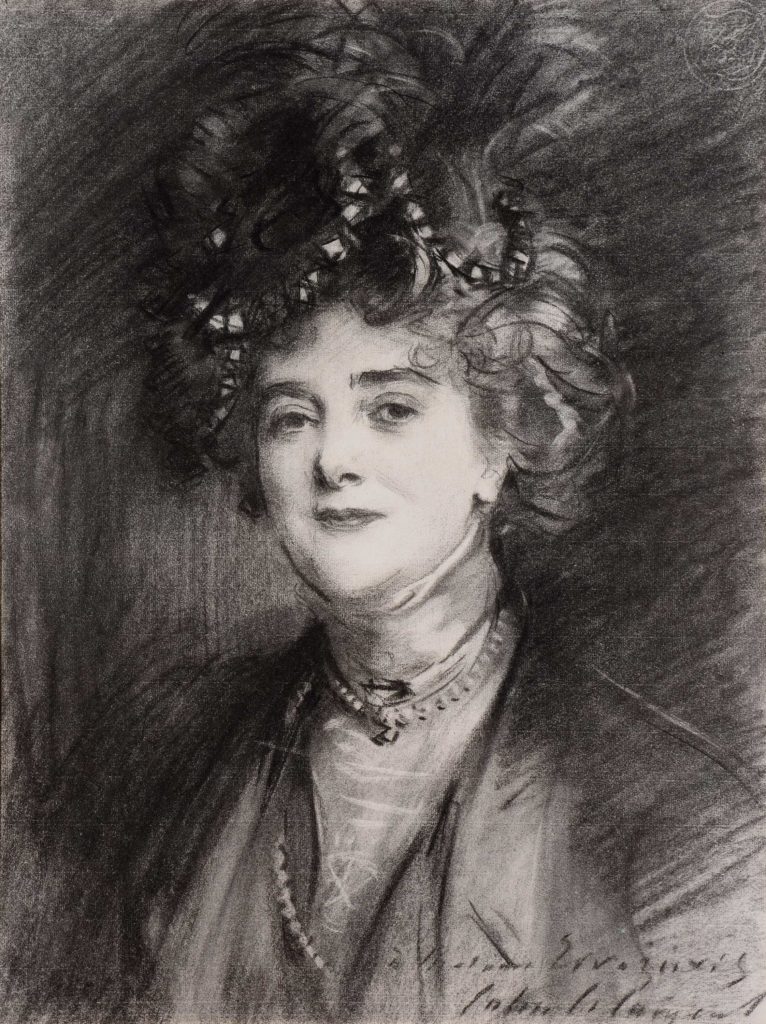

Celebrated art historian, former museum director and Sargent descendant Richard Ormond is guest curator of the exhibition. The curator of the exhibition at the National Portrait Gallery is Robyn Asleson, curator of prints and drawings. The curator of the exhibition at the Morgan Library & Museum is Laurel O. Peterson, Moore Curatorial Fellow, Department of Drawings and Prints.

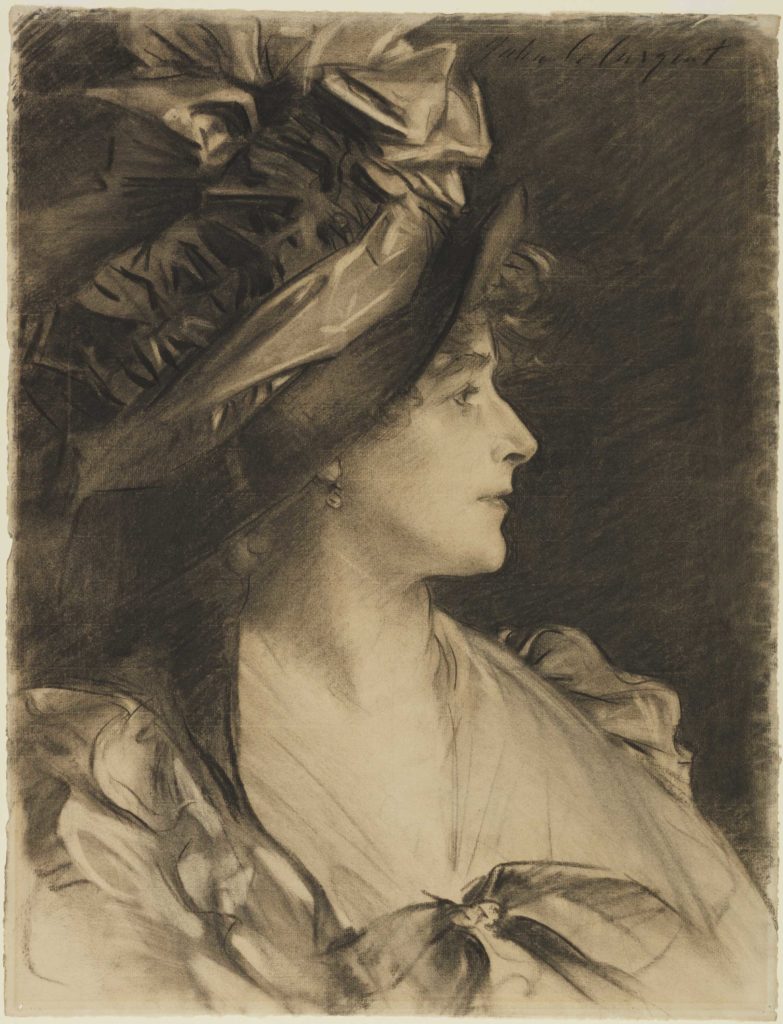
Born in Italy to expatriate American parents, Sargent gained international fame through his dazzling oil portraits of an elite clientele. During the early 20th century, at the height of that success, Sargent astonished the transatlantic art world by suddenly abandoning portraits in oil. For the rest of his life, he primarily explored likeness and identity through the medium of charcoal, producing several hundred portraits of individuals recognized for their accomplishments in fields such as art, music, literature, and theater. With his skill in swiftly capturing the essence of his subjects, Sargent was able to produce a finished drawing in under three hours. Often made as tokens of friendship or esteem, these portraits vividly depict some of the most original and creative figures of the early 20th century.
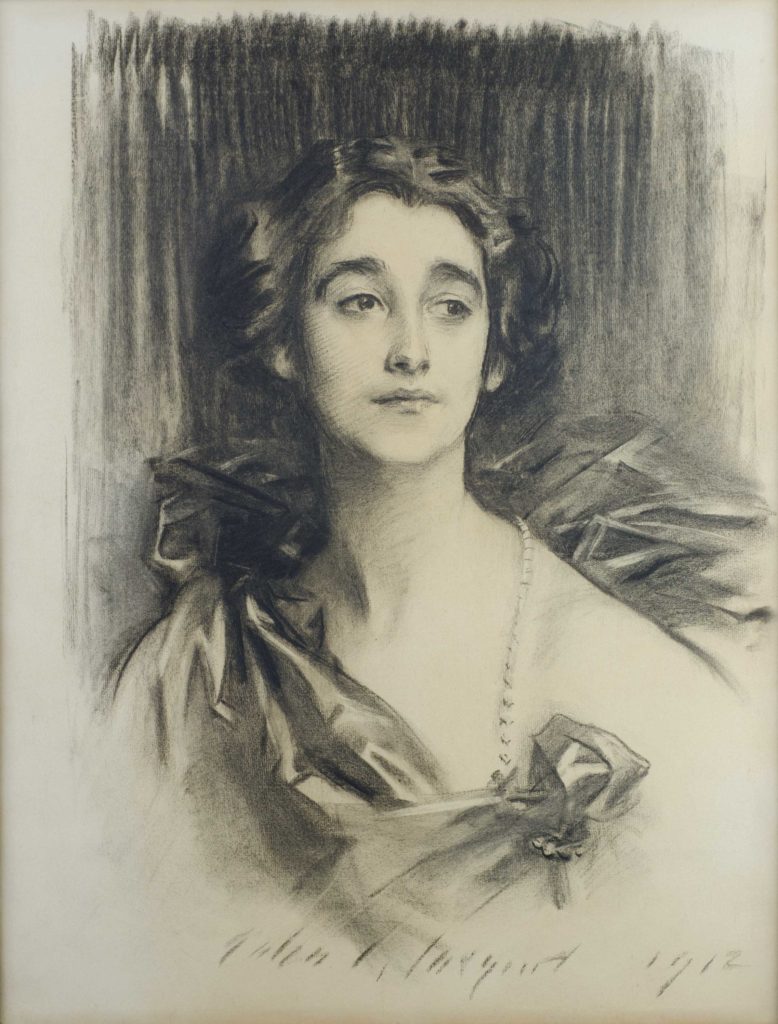
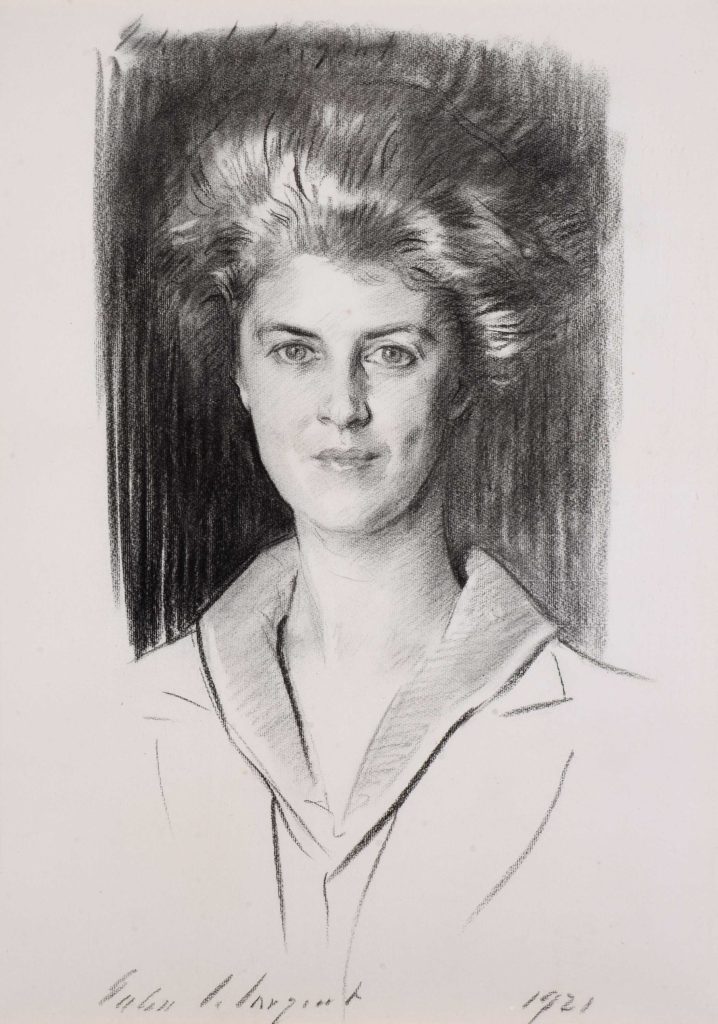
“The full scope of Sargent’s technical versatility as a draftsman and his unparalleled powers of observation as a portraitist are on display in these charcoal drawings,” Asleson said. “On view will be portraits of several dozen extraordinary individuals who not only shaped the world Sargent lived in but also made enduring contributions to history and culture that continue to impact us today. This exhibition will bring visitors face to face with many of the people who helped define our modern era.”
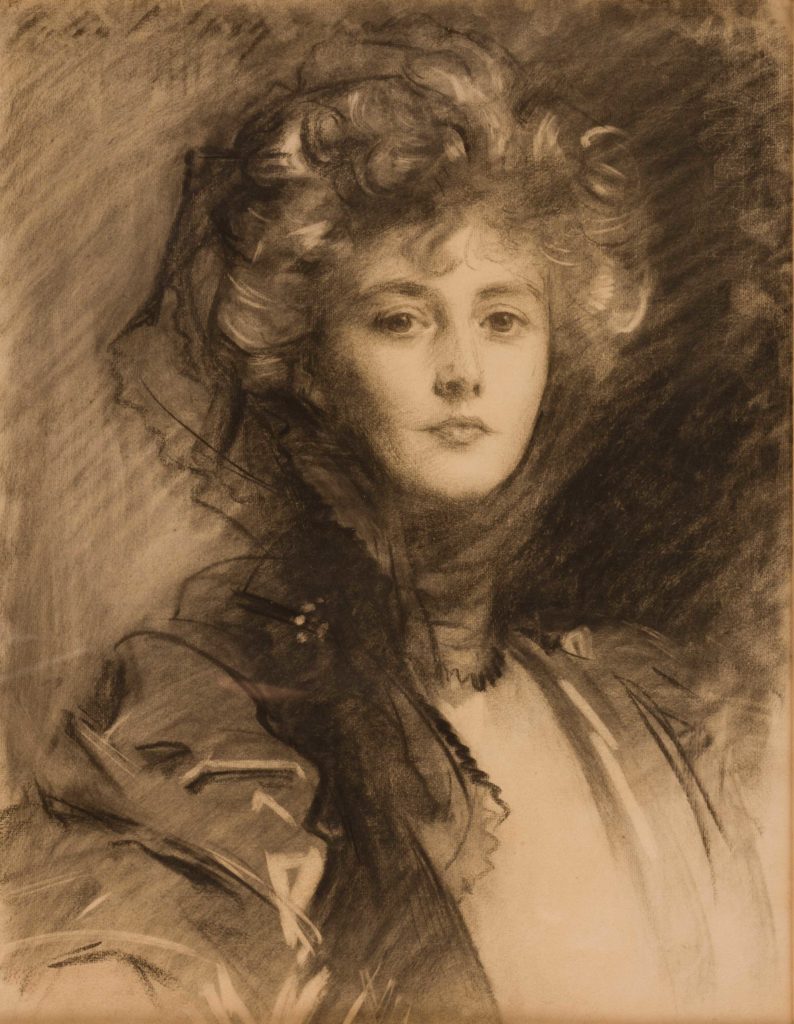

The National Portrait Gallery’s exhibition will display portraits of Sargent’s contemporaries, including musicians, actors, artists and patrons, literary figures, political leaders, and tastemakers—the “influencers” of Sargent’s day. Visitors will encounter likenesses of Queen Elizabeth (the Queen Mother), Prime Minister Winston Churchill, poet William Butler Yeats, painter Sir William Blake Richmond, actress Ethel Barrymore, civil rights attorney and activist Moorefield Storey, and avant-garde art and music patron Gertrude Vanderbilt Whitney. Also on display will be depictions of Bostonians, the people who made up Sargent’s self-proclaimed American home, and The Souls, a group of intellectual young British aristocrats for whom Sargent served as unofficial portraitist.
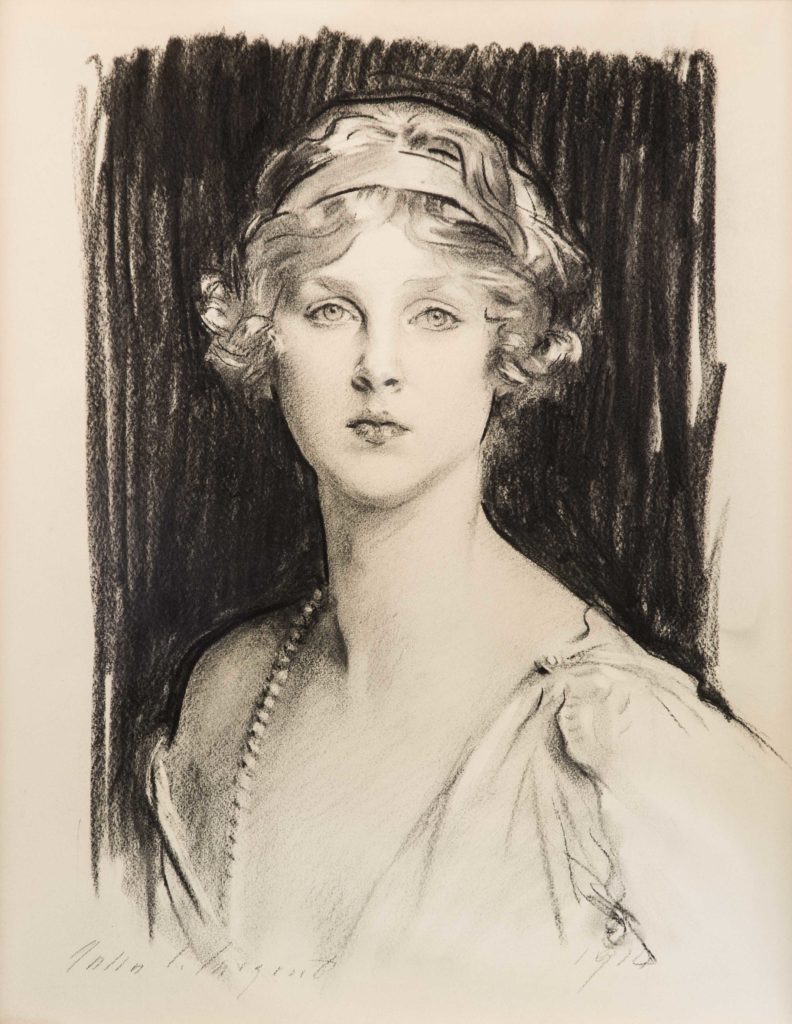
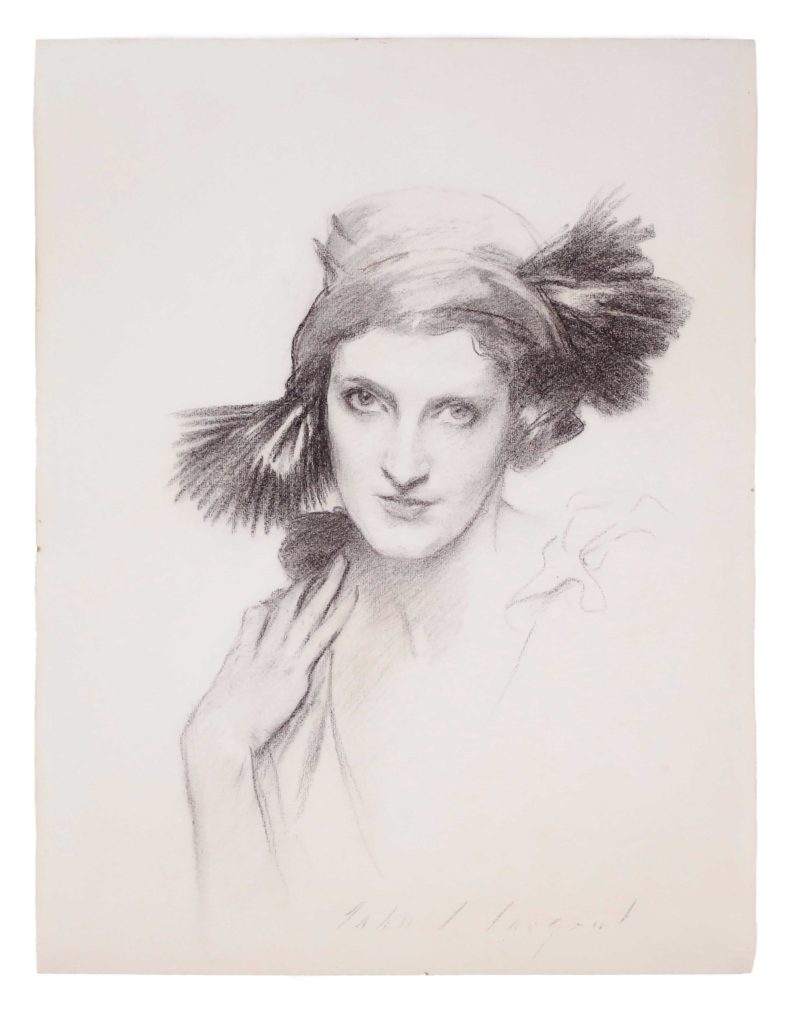
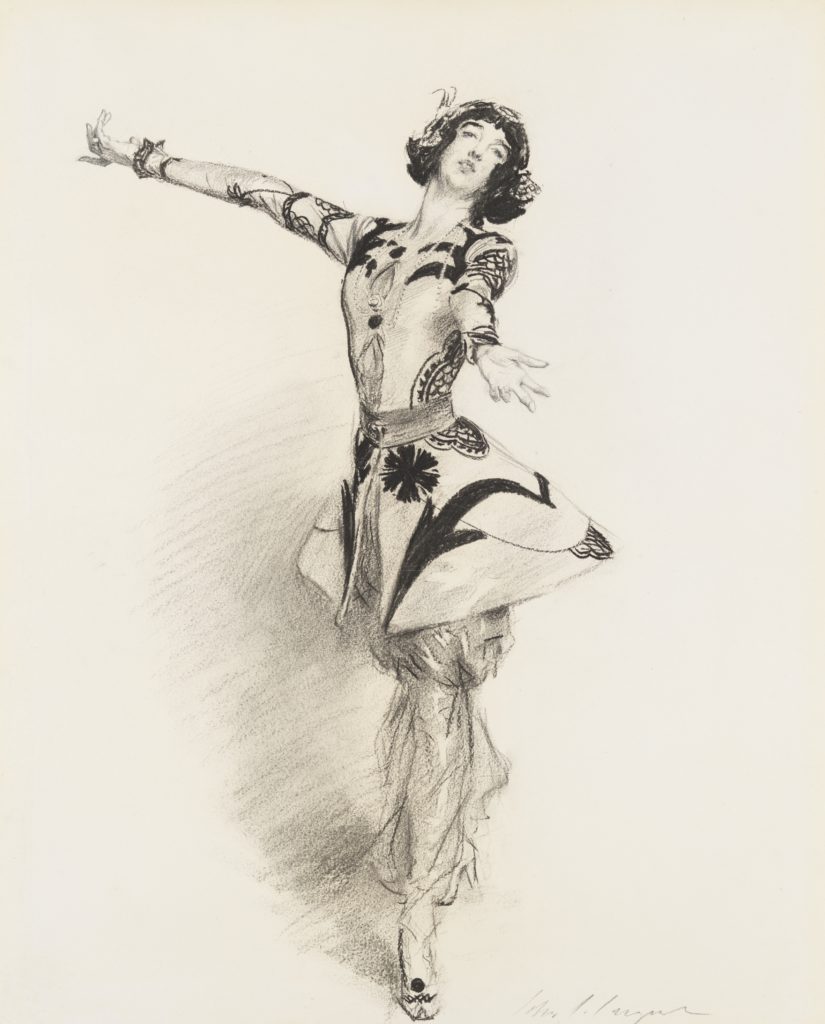
This exhibition of John Singer Sargent drawings includes several loans from European private collections and works held by the Morgan Library & Museum, the National Portrait Gallery, London, and other prominent public institutions. “John Singer Sargent: Portraits in Charcoal” is organized by the Morgan Library & Museum, New York, and the Smithsonian’s National Portrait Gallery in Washington, D.C. The presentation of the exhibition at the National Portrait Gallery is made possible with lead funding from Ann S. and Samuel M. Mencoff. Additional support is provided by Dr. and Mrs. Paul Carter, Andrew Oliver Jr., and the American Portrait Gala Endowment.
> Sign up to receive Fine Art Today, our free weekly e-newsletter
> And click here to subscribe to Fine Art Connoisseur magazine, so you never miss an issue








